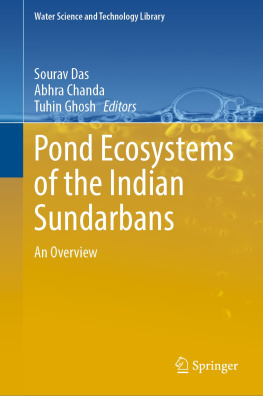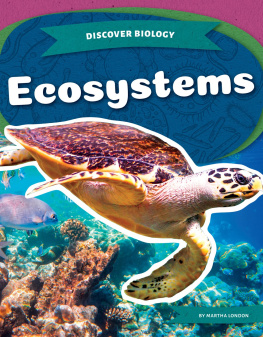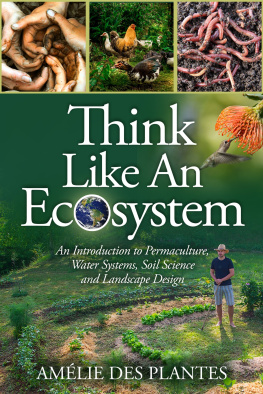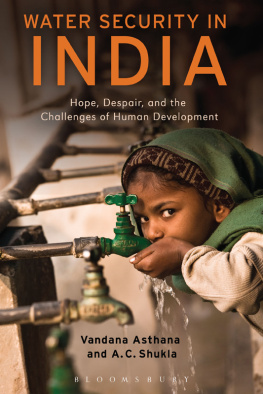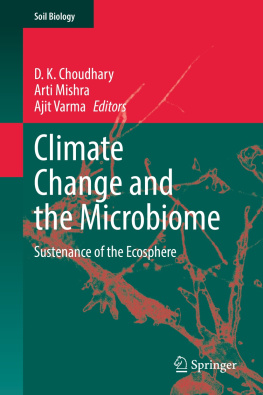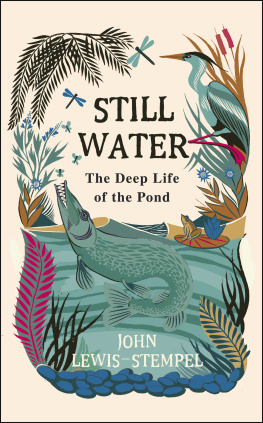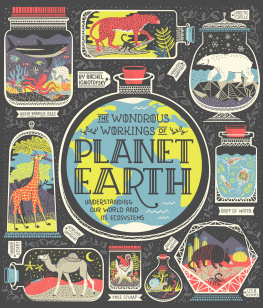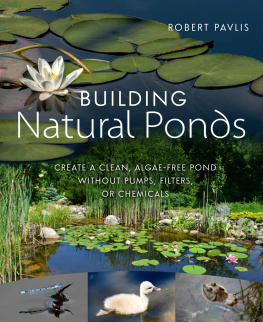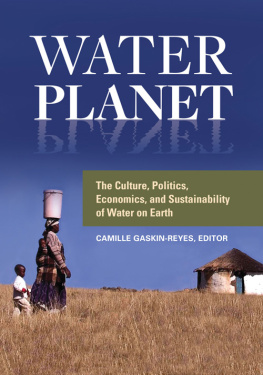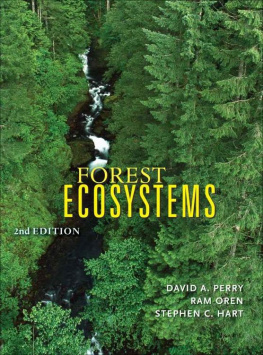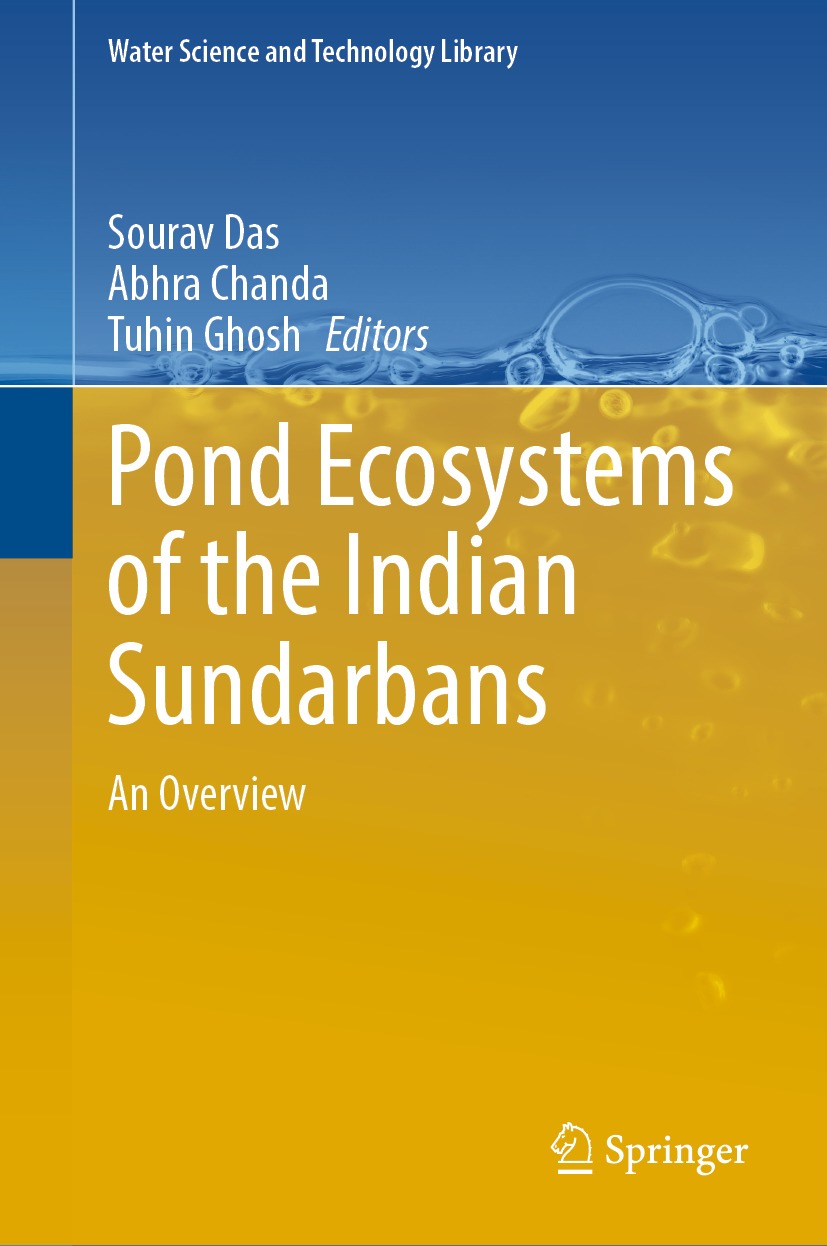Volume 112
Water Science and Technology Library
Editor-in-Chief
V. P. Singh
Department of Biological and Agricultural Engineering & Zachry Department of Civil and Environmental Engineering, Texas A&M University, College Station, TX, USA
Editorial Board
R. Berndtsson
Lund University, Lund, Sweden
L. N. Rodrigues
Braslia, Brazil
Arup Kumar Sarma
Department of Civil Engineering, Indian Institute of Technology Guwahati, Guwahati, Assam, India
M. M. Sherif
Civil and Environmental Engineering Department, UAE University, Al-Ain, United Arab Emirates
B. Sivakumar
School of Civil and Environmental Engineering, The University of New South Wales, Sydney, NSW, Australia
Q. Zhang
Faculty of Geographical Science, Beijing Normal University, Beijing, China
The aim of the Water Science and Technology Library is to provide a forum for dissemination of the state-of-the-art of topics of current interest in the area of water science and technology. This is accomplished through publication of reference books and monographs, authored or edited. Occasionally also proceedings volumes are accepted for publication in the series. Water Science and Technology Library encompasses a wide range of topics dealing with science as well as socio-economic aspects of water, environment, and ecology. Both the water quantity and quality issues are relevant and are embraced by Water Science and Technology Library. The emphasis may be on either the scientific content, or techniques of solution, or both. There is increasing emphasis these days on processes and Water Science and Technology Library is committed to promoting this emphasis by publishing books emphasizing scientific discussions of physical, chemical, and/or biological aspects of water resources. Likewise, current or emerging solution techniques receive high priority. Interdisciplinary coverage is encouraged. Case studies contributing to our knowledge of water science and technology are also embraced by the series. Innovative ideas and novel techniques are of particular interest.
Comments or suggestions for future volumes are welcomed.
Vijay P. Singh, Department of Biological and Agricultural Engineering & Zachry Department of Civil and Environment Engineering, Texas A&M University, USA Email: vsingh@tamu.edu
All contributions to an edited volume should undergo standard peer review to ensure high scientific quality, while monographs should also be reviewed by at least two experts in the field.
Manuscripts that have undergone successful review should then be prepared according to the Publishers guidelines manuscripts: https://www.springer.com/gp/authors-editors/book-authors-editors/book-manuscript-guidelines
More information about this series at http://www.springer.com/series/6689
Editors
Sourav Das , Abhra Chanda and Tuhin Ghosh
Pond Ecosystems of the Indian Sundarbans
An Overview
1st ed. 2022

Logo of the publisher
Editors
Sourav Das
School of Oceanographic Studies, Jadavpur University, Kolkata, West Bengal, India
Abhra Chanda
School of Oceanographic Studies, Jadavpur University, Kolkata, West Bengal, India
Tuhin Ghosh
School of Oceanographic Studies, Jadavpur University, Kolkata, West Bengal, India
ISSN 0921-092X e-ISSN 1872-4663
Water Science and Technology Library
ISBN 978-3-030-86785-0 e-ISBN 978-3-030-86786-7
https://doi.org/10.1007/978-3-030-86786-7
The Editor(s) (if applicable) and The Author(s), under exclusive license to Springer Nature Switzerland AG 2022
This work is subject to copyright. All rights are solely and exclusively licensed by the Publisher, whether the whole or part of the material is concerned, specifically the rights of translation, reprinting, reuse of illustrations, recitation, broadcasting, reproduction on microfilms or in any other physical way, and transmission or information storage and retrieval, electronic adaptation, computer software, or by similar or dissimilar methodology now known or hereafter developed.
The use of general descriptive names, registered names, trademarks, service marks, etc. in this publication does not imply, even in the absence of a specific statement, that such names are exempt from the relevant protective laws and regulations and therefore free for general use.
The publisher, the authors and the editors are safe to assume that the advice and information in this book are believed to be true and accurate at the date of publication. Neither the publisher nor the authors or the editors give a warranty, expressed or implied, with respect to the material contained herein or for any errors or omissions that may have been made. The publisher remains neutral with regard to jurisdictional claims in published maps and institutional affiliations.
This Springer imprint is published by the registered company Springer Nature Switzerland AG
The registered company address is: Gewerbestrasse 11, 6330 Cham, Switzerland
Dedicated to the people of Indian Sundarbans who are incessantly struggling with climatic disasters
Preface
Inland aquatic bodies play a crucial role in regulating the atmospheric gaseous concentrations (especially greenhouse gases) and providing a habitat for various flora and fauna and other ecosystem services. The lakes and reservoirs all through the world have received substantial attention from the global scientific community. Several pieces of research focused on their biogeochemical dynamics, role in present-day society, and the implication in earning a livelihood. The comparatively smaller water bodies, i.e., the ponds, have received much less attention. In the recent past, several pieces of research indicated that these small aquatic bodies are capable of governing climate phenomena on a synoptic scale. Ponds are a common landscape feature of rural sectors in various tropical countries, and India is no exception. The Sundarbans (shared by India and Bangladesh) is renowned as the largest mangrove forest in the world. This unique ecosystem shelters a spectrum of both floral and faunal biodiversity. Besides, this region is an abode for more than 4.4 million people. Situated in the lower end of the worlds largest delta (the Ganga-Brahmaputra-Meghna delta), this region shelters a marginalized section of society in the majority. The ponds are essential in carrying out several daily life activities and are available in almost every household in this part of the world. Lately, the uncertainty in capture fisheries and the increasing demand for fish jointly led to the flourishing of aquaculture ponds in this region (as also observed in many coastal sectors throughout the globe). The purpose of most of the household and community ponds is to meet the freshwater requirements. It has been a tradition in the Indian Sundarbans to dig a pond in the household plots, which meets several purposes in day-to-day activities. Bathing, washing utensils, feeding the agricultural lands during the dry season, homestead gardening, and feeding the cattle are some of the most common activities related to ponds in the Indian Sundarbans. Though these ponds are in plenty through the Indian Sundarban Biosphere Reserve, their biogeochemistry, greenhouse gas emission potential, productivity rates, nutrient, and pollutant dynamics are scarcely studied. This book is perhaps an endeavor of the first of its kind, which tried to cover all these aspects of the ponds of Indian Sundarbans, under one umbrella. This timely book can act as the foundational basis for limnologists and hydro-geologists to have firsthand baseline information on these crucial lentic ecosystems. Estuarine and marine scientists, ecologists, biogeochemists, environmentalists, and social scientists, whose interest lies in the use and performance of lentic ecosystems of the coastal sector of India and other parts of the world, would find interest in the present title. Intermediate to advanced level students can be beneficial by going through this book.

